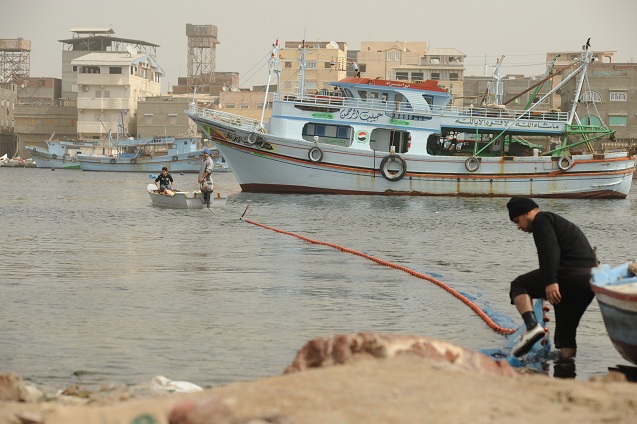MUSCAT: A surge in crude oil production, coupled with higher oil prices, ensured that Oman’s budget returned to a healthy surplus in the first quarter of 2010.
The Sultanate’s Ministry of Economy reported a surplus of $1.09 billion for Q1 2010, against a slight deficit of $43.1 million a year earlier.
Altogether, government revenues climbed a total of 47.9 percent year-on-year to $5.18 billion, while expenditure rose 15.3 percent to $4.08 billion.
The ministry had originally forecast an overall budget deficit of $2 billion for 2010, based on a conservative estimate for the average price of Omani crude oil of $50 a barrel.
In contrast to this prediction, Omani oil averaged $76.68 between January and March this year, a recovery of 70.6 percent on 2009’s early lows.
The demand for crude saw net oil income for Q1 more than double from OR709.2 million ($1.8 billion) in 2009 to OR 1.425 billion ($3.7 billion).
The benefit of this price recovery to Oman was enhanced by an increase in oil output in the Sultanate of 8.7 percent, reaching an average of 855,400 barrels per day (bpd) over the same period.
Oman also saw a fiscal benefit from higher gas production. Some 278 billion cu feet of gas were produced in the Sultanate during Q1, a year-on-year increase of 3.9 percent. As a consequence, gas revenues nudged up by just over 2 percent to OR219 million ($570 million).
As a non-member of OPEC, Oman is not bound by external quotas for its oil production and can more freely adjust levels according to global demand.
The Sultanate’s ability to respond positively to increased global oil demand also has much to do with significant new investment in enhanced oil recovery (EOR) techniques.
EOR has enabled Oman to reverse a long-term decline in oil production, which peaked in 2001 at just under 1m barrels per day.
A turnaround in 2008 was followed by a further increase in production of 7.4 percent last year, while the government hopes 2010 will see production eventually reach around 860,000-900,000 bpd.
Petroleum Development Oman (PDO), the company that accounts for around 90 percent of oil production in the Sultanate and nearly all of its gas production, has pioneered technology such as thermal, chemical and miscible gas injection into reservoirs to increase the amount of recoverable reserves.
PDO, which is jointly owned by the Omani government (60 percent), Shell Group (34 percent), Total (4 percent) and Partex (2 percent), announced in April that it believed Oman retained "tremendous potential" for further application of EOR techniques, with "billions of barrels" of additional oil that could potentially be recovered through EOR.
Speaking at the Oil and Gas West Asia Conference held in Muscat that month, PDO’s deputy managing director, Abdullah Al Lakmi, announced that further EOR investment was ongoing in Oman, but that efforts needed to be made to reduce the cost and energy intensity of such techniques in the long run.
"The business model that companies have adopted with conventional projects will have to be modified as we undertake more and more complex and costlier EOR projects," he told delegates.
"This conventional model is too costly when we start scaling up to the activities required to support EOR operations."
According to Al Lakmi, companies such as PDO will need to streamline their logistics operations to remain competitive when rolling out EOR.
"We have to start thinking in terms of reduction of mobilization and transportation costs for our materials and people," he said.
The sharp bounce-back in Oman’s budget last quarter is a strong testament to the potential of EOR techniques when properly applied.
The Sultanate’s model of maintaining independence from OPEC, while working in tandem with Western independent oil companies, appears to have provided its oil sector with a welcome resurgence.
